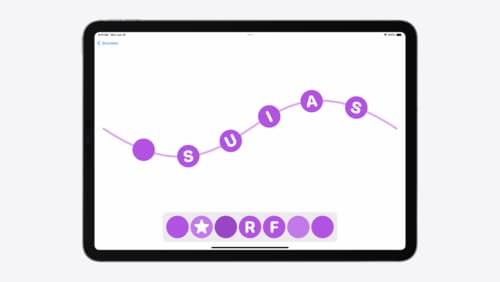Should I used @ObservedObject ?
Asked on 2024-08-02
1 search
Yes, you should use @ObservedObject in SwiftUI when you need to observe an external object that conforms to the ObservableObject protocol. This is particularly useful when you have a reference type that you want to share across multiple views and you need those views to update when the data changes.
In the session SwiftUI essentials, it is explained that any piece of data that a view uses in its body is a dependency of that view. SwiftUI will call the view's body again with the updated data when the observed object changes. This is crucial for keeping your UI in sync with your data model.
For more detailed information, you can refer to the chapter "Fundamentals of views" in the SwiftUI essentials session.

Explore object tracking for visionOS
Find out how you can use object tracking to turn real-world objects into virtual anchors in your visionOS app. Learn how you can build spatial experiences with object tracking from start to finish. Find out how to create a reference object using machine learning in Create ML and attach content relative to your target object in Reality Composer Pro, RealityKit or ARKit APIs.

Enhance your UI animations and transitions
Explore how to adopt the zoom transition in navigation and presentations to increase the sense of continuity in your app, and learn how to animate UIKit views with SwiftUI animations to make it easier to build animations that feel continuous.

SwiftUI essentials
Join us on a tour of SwiftUI, Apple’s declarative user interface framework. Learn essential concepts for building apps in SwiftUI, like views, state variables, and layout. Discover the breadth of APIs for building fully featured experiences and crafting unique custom components. Whether you’re brand new to SwiftUI or an experienced developer, you’ll learn how to take advantage of what SwiftUI has to offer when building great apps.
